The quest for a bright, healthy smile often leads to a sobering discovery: the slow, silent retreat of tooth enamel. As the hardest substance in the human body, enamel is the brilliant white, protective shield that guards our teeth against the daily rigors of chewing, biting, and temperature changes. Yet, this fortress is not impervious. Unlike other tissues in the body, enamel is non-living and contains no cells, meaning it cannot regenerate or repair itself once it is lost. This biological reality leads to a critical and often misunderstood question: can the damage of enamel erosion be reversed naturally?
The short, definitive answer is no; lost enamel cannot grow back. However, this is not the end of the story. The process of erosion is often preceded and accompanied by demineralization—a weakening of the enamel structure that, if caught early, can be halted and even partially reversed through a process called remineralization. Understanding this distinction is the key to preserving your smile. This article will explore the relentless impact of acidic foods, detail the powerful science-backed strategies that can remineralize weakened enamel, and outline the daily preventive habits that form the ultimate defense against this irreversible damage.
The Unseen Assault: The Impact of Acidic Foods and Drinks
Enamel erosion is a chemical process driven by acid, which directly dissolves the calcium and phosphate crystals that form the enamel’s robust structure. This acid can come from two primary sources: intrinsic (from within) and extrinsic (from outside).
Extrinsic Acids: The Dietary Culprits
The modern diet is a minefield of erosive agents. The danger lies not only in what we consume but how we consume it.
- Obvious Offenders: Soft drinks, sports drinks, energy drinks, and fruit juices (like orange, apple, and grapefruit) are highly acidic. A can of soda, for instance, can have a pH as low as 2.5, well into the range that begins to dissolve enamel.
- Surprising Sources: “Healthy” choices can be just as damaging. This includes sparkling water (which contains carbonic acid), wine, kombucha, and vinegar-based foods like pickles and salad dressings. Even fresh fruits like lemons, berries, and pineapples are naturally acidic.
- The Grazing Effect: The frequency of exposure is more critical than the quantity. Sipping an acidic beverage over an hour or snacking throughout the day creates a constant state of low pH in the mouth. Saliva, the mouth’s natural acid neutralizer, needs 20-30 minutes of rest to restore a safe pH. Constant grazing denies it this chance, leaving enamel under sustained attack.
Intrinsic Acids: The Internal Threat
Conditions like gastroesophageal reflux disease (GERD), acid reflux, and bulimia introduce powerful stomach acids into the mouth. With a pH of around 1.5-2.0, hydrochloric acid from the stomach is exponentially more corrosive than dietary acids, causing severe and rapid enamel loss, often on the tongue-side surfaces of the teeth.

The Science of Strengthening: Proven Remineralization Strategies
While you cannot rebuild a fully eroded enamel structure, you can actively reverse the early stages of decay by remineralizing the microscopic pores and fissures where acid has begun its work. This process involves depositing new minerals into the enamel’s crystalline lattice, making it harder and more resistant.
- Fluoride: The Gold Standard Remineralizer
Fluoride is the single most effective agent for combating enamel erosion and demineralization. It works through a sophisticated mechanism:- Fluorapatite Formation: When fluoride is present during remineralization, it incorporates into the crystal structure to form a new, harder mineral called fluorapatite. This compound is significantly more resistant to acid attack than the original hydroxyapatite of enamel.
- The “Spit, Don’t Rinse” Rule: To maximize fluoride’s effect, after brushing with a fluoride toothpaste, spit out the excess but do not rinse with water. This allows a concentrated layer of fluoride to remain on the teeth, providing extended protection and enhancing overnight remineralization.
- The Power of Calcium and Phosphate: The Building Blocks
Remineralization cannot occur without a ready supply of calcium and phosphate ions. Saliva is the natural delivery system, but its effectiveness can be supercharged.- CPP-ACP (Recaldent): This is a technologically advanced compound found in products like GC Tooth Mousse. Casein Phosphopeptide (CPP) stabilizes Amorphous Calcium Phosphate (ACP), delivering these ions directly to the tooth surface and holding them there in a bioavailable state. It is particularly beneficial for high-risk patients, those with dry mouth, or after professional whitening.
- Nano-Hydroxyapatite (n-HA): A biomimetic ingredient that is the synthetic version of the tooth’s natural building block. Nano-sized particles can infiltrate microscopic enamel defects, filling them in and creating a smooth, lustrous surface that is less susceptible to plaque attachment and acid penetration. It is a leading fluoride-free alternative with strong scientific backing.
- The Role of Saliva: Nature’s Healing Elixir
Saliva is far more than just water; it is a complex fluid containing calcium, phosphate, fluoride, and proteins that buffer acids and facilitate remineralization. Stimulating its flow is a foundational natural strategy.- Dietary Stimulants: Crunchy, fibrous vegetables like celery and carrots require vigorous chewing, which stimulates saliva production.
- Sugar-Free Gum: Chewing gum sweetened with xylitol is a double win. It stimulates saliva flow, and xylitol itself has been shown to reduce the acidity of plaque and inhibit the bacteria that cause decay.
The Ultimate Defense: Cultivating Preventive Habits for Life
Prevention is the only true “cure” for enamel erosion. By integrating specific habits into your daily life, you can create an environment where erosion is unlikely to gain a foothold.
- Strategic Consumption:
- Consume Acidic Foods with Meals: Instead of snacking on an orange alone, eat it as part of a larger meal. The other foods help neutralize the acid and stimulate more saliva.
- Use a Straw: When drinking acidic beverages, use a straw positioned towards the back of the mouth to bypass the front teeth.
- Rinse with Water Immediately: After consuming anything acidic, swish your mouth with plain water to dilute and wash away the acids.
- The 30-Minute Rule:
Never brush your teeth immediately after an acid attack. The enamel is in a softened state, and brushing will accelerate abrasion. Wait at least 30-60 minutes for saliva to reharden the surface. - Perfect Your Brushing Technique:
Use a soft-bristled toothbrush and a gentle, circular motion. Aggressive scrubbing with a hard brush wears away enamel at the gumline, a common site for erosion and abrasion lesions. An electric toothbrush with a pressure sensor can be an invaluable tool to prevent overbrushing. - Manage Underlying Health Issues:
If you suffer from GERD, acid reflux, or an eating disorder, seeking medical treatment is not just a matter of general health—it is a direct investment in preserving your tooth enamel.
Conclusion: Shifting from Reversal to Resilience
The question of reversing enamel erosion naturally must be reframed. We cannot resurrect lost enamel, but we can absolutely intervene in the demineralization process that precedes it. The true power lies in prevention and early intervention.
By understanding the pervasive threat of dietary and intrinsic acids, you can make informed choices to limit their contact. By harnessing the proven remineralizing power of fluoride, CPP-ACP, and nano-hydroxyapatite, you can actively strengthen your enamel’s defenses. And by adopting strategic habits like mindful eating, proper brushing timing, and saliva stimulation, you create a daily environment that is hostile to erosion and conducive to repair.
The health of your enamel is a direct reflection of your daily choices. While the body cannot perform the miracle of growing new enamel, the science of remineralization offers the next best thing: the power to fortify, protect, and preserve the brilliant smile you have for a lifetime.

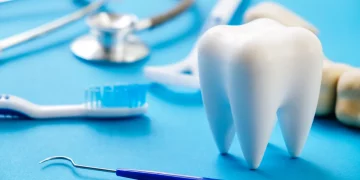



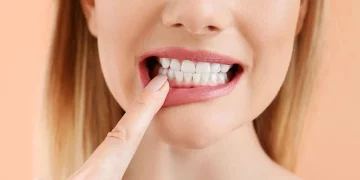
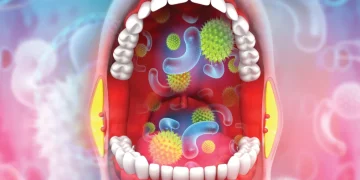
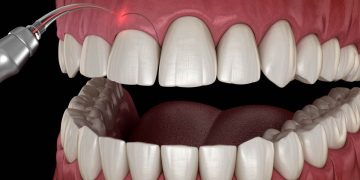
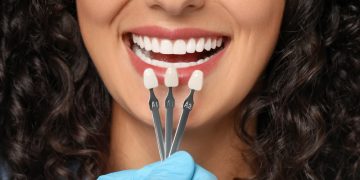
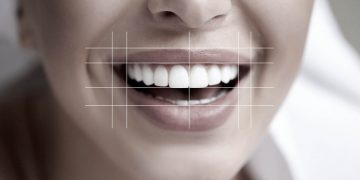
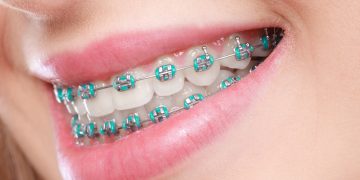
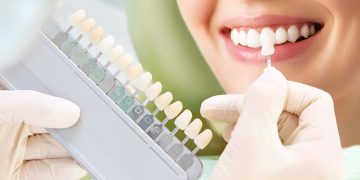
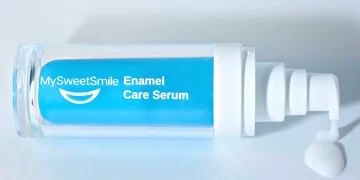







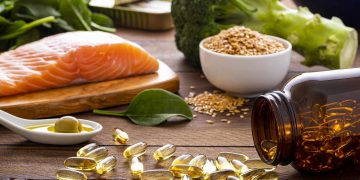










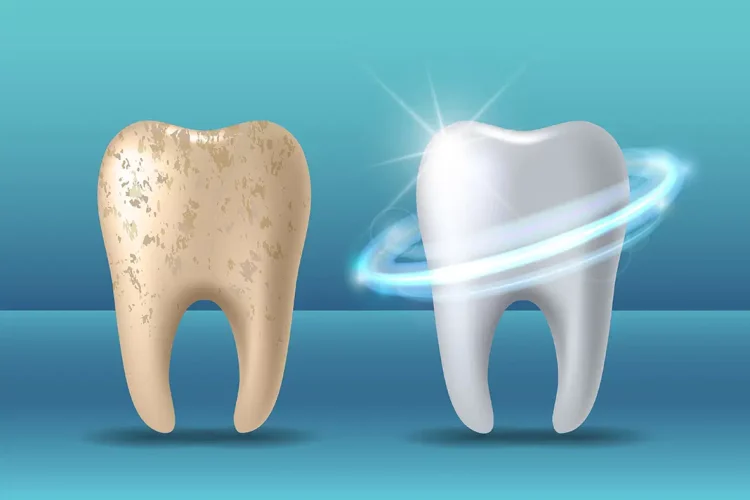













Discussion about this post